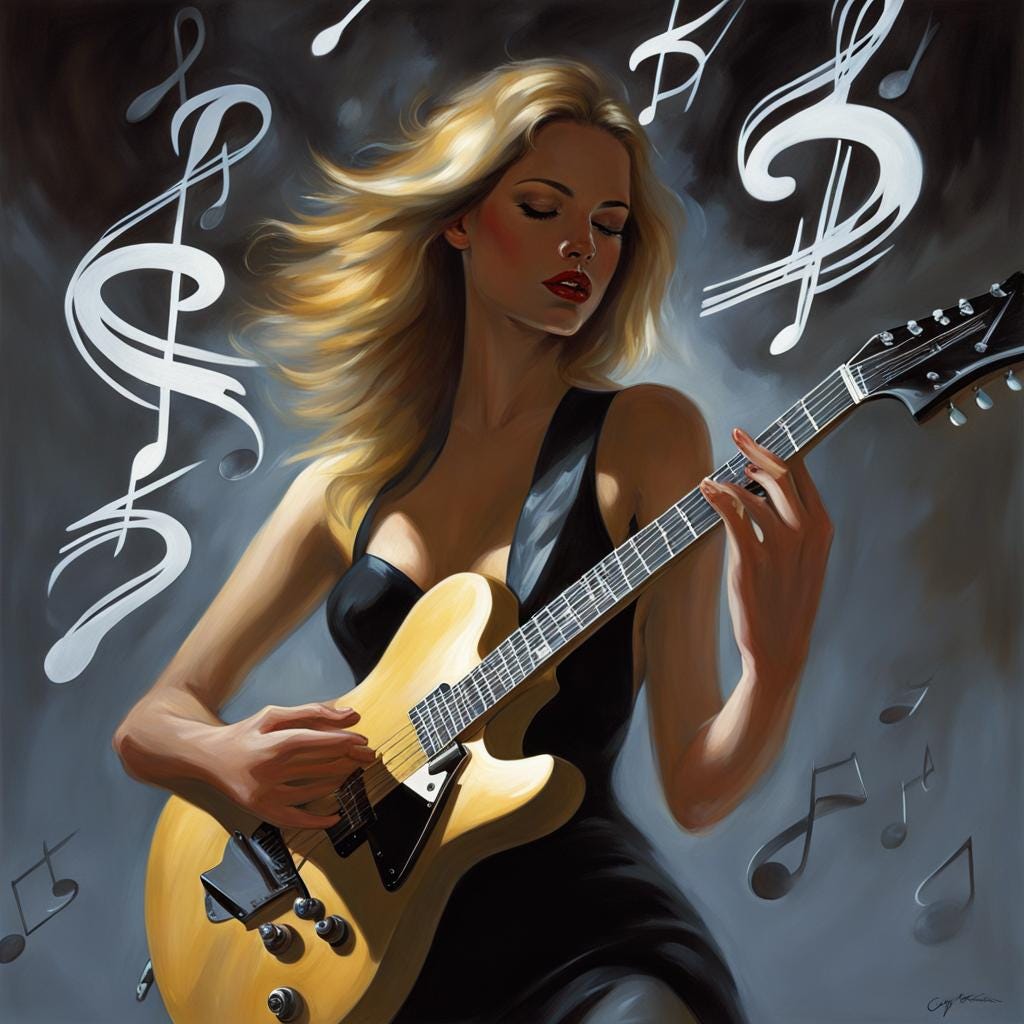Dyads & Double-Stops
In the context of guitar playing, dyads and double stops are often used interchangeably. Both terms refer to the technique of playing two notes simultaneously.
Keep reading with a 7-day free trial
Subscribe to My Guitar Tutor Online to keep reading this post and get 7 days of free access to the full post archives.




